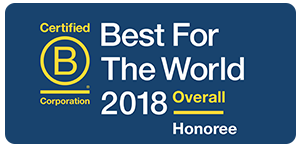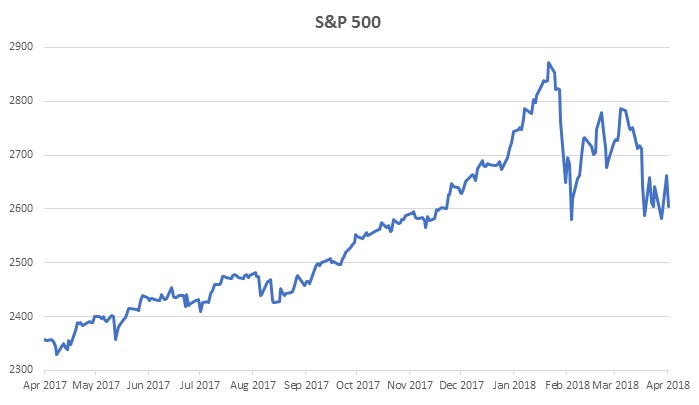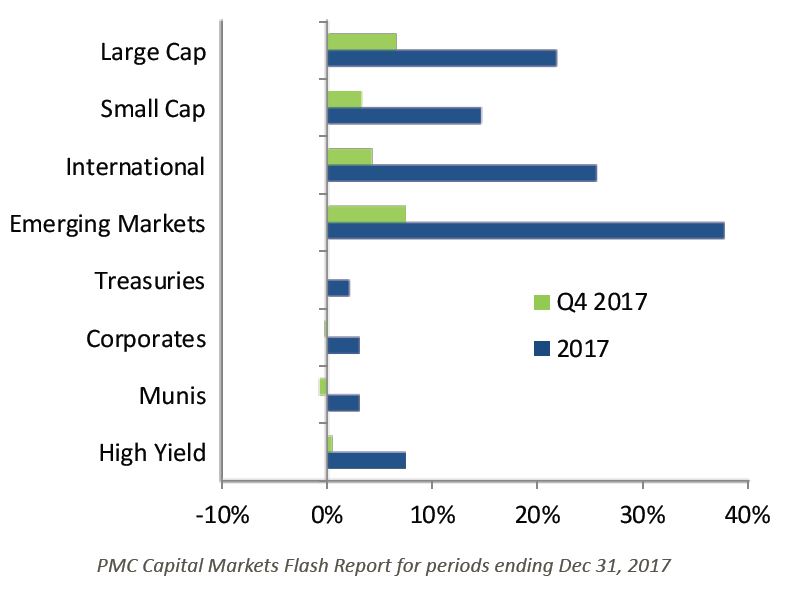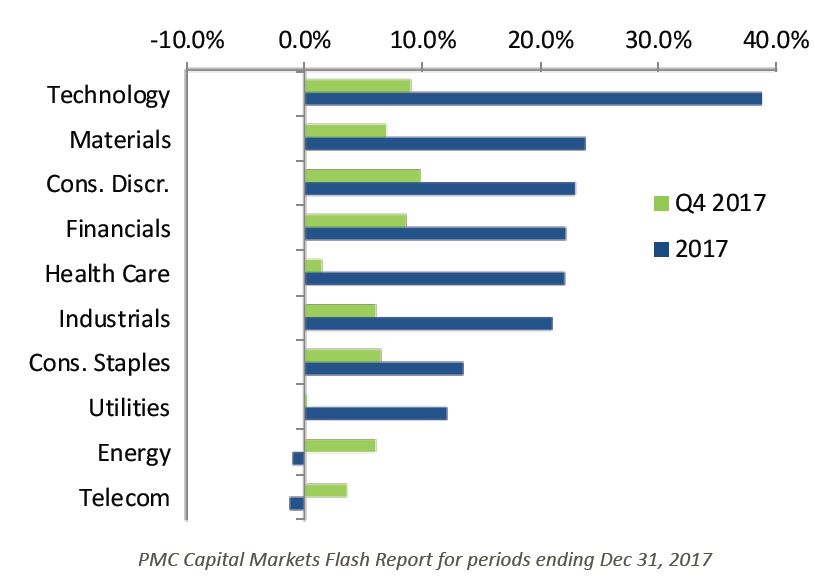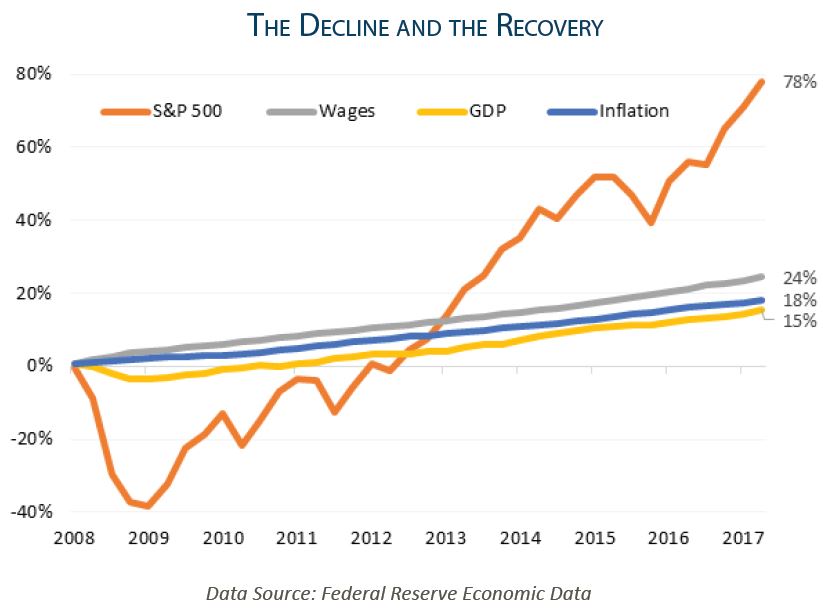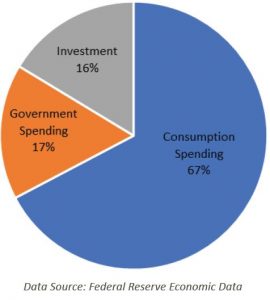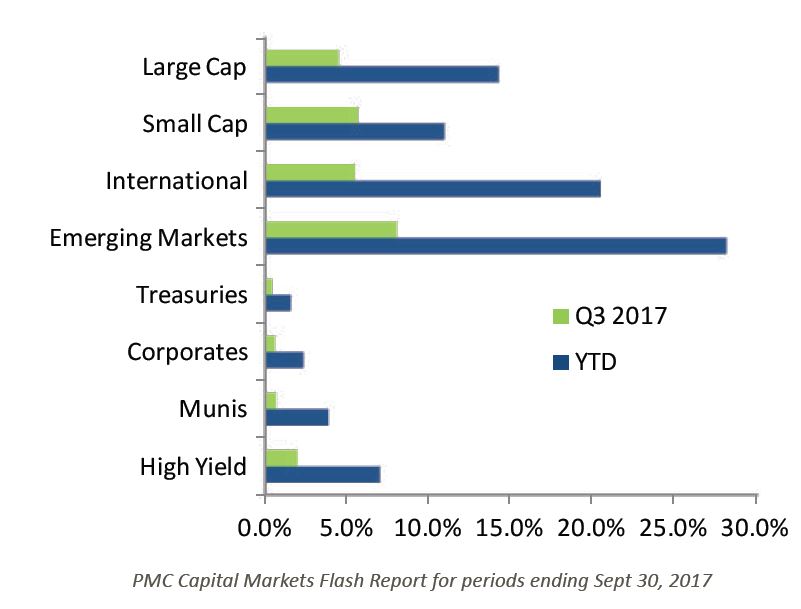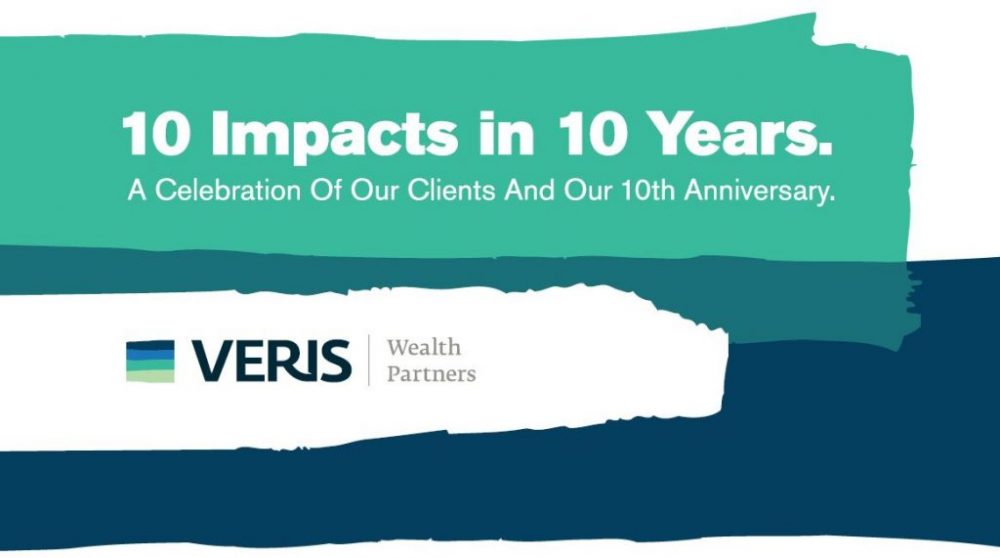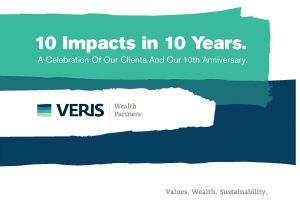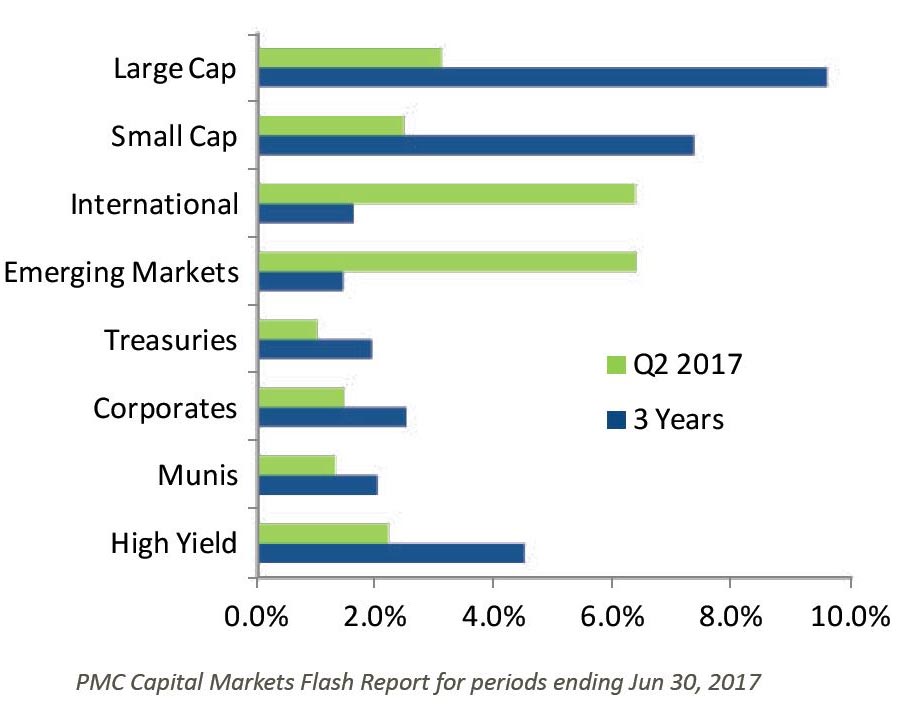Best For the World – Again
By Anders Ferguson and Nicole Davis
Veris was just named Best for the World by B Corp – for the sixth year in a row.
We’re very proud to achieve this milestone and are equally honored to be recognized among the best of the best. Veris was named in the top 10% of all 2,400 B Corps around the world.
This is inspiring for the entire Veris team, yet what’s even more important is how B Corps are changing the face of business for the betterment of everyone.
Transforming Business
B Corp’s interconnected standards provide a unifying framework for organizations globally to drive sustainability and benefit from it.
The standards apply to every aspect of an organization’s operations. They place a high priority on being responsible stewards of the environment. They encourage respect for and empowerment of employees. They drive our colleagues at Veris to aspire to excellence and improve our products and services.
What’s more, B Corp is continually raising the bar. Veris, like others that hold the B Corp designation, must recertify every two years. The process looks at every part of a company’s business practices. Each time, the standards are even higher.
A Better Way
From our perspective, being a B Corp is the right thing to do, and it also an impetus for innovation and transformative sustainability systems.
Research from well-respected firms such as McKinsey & Company, along with major universities, confirm that B Corps often exceed the performance benchmarks of their peer group competitors.
Organizations committed to sustainable business practices are typically innovators that use new and emerging technologies to operate more efficiently. They also practice good corporate governance, which invariably leads to greater gender and racial diversity at the executive management level and throughout the organization.
From a risk management perspective, companies committed to sustainability are also lower risk. Some global banks are recognizing the reduced risk profile of B Corps and are offering lower interest rates to those companies.
At the same time, global companies are partnering with B Corps to accelerate creativity. B Corp companies welcome fresh ideas and innovation, or new ways of knowing. As a result, they are often growth companies, which means they are attractive investment partners for individual and institutional investors.
In Our DNA
B Corp standards are increasingly the management philosophy that powers everything we do at Veris. They are both our guiding light and practical roadmap in creating change that sticks and in creating new value internally and for all our stakeholders.
A few years ago, we implemented paid days off from work for volunteering. The results have been terrific for employees and Veris. We’ve implemented a series of 21-day challenges for our employees, focused on Kindness, Mindfulness, and Wellness. Our Volunteer Program and 21-day Challenges help build community, both internally and externally. When we are all touched by generosity, our personal and professional lives are enriched.
Another benefit of being a B Corp is the insight we have gained as a firm. In addition to reviewing our internal sustainability, we’ve analyzed our external impact with our partners and investment managers. This has greatly helped Veris, our clients, and our business partners see the benefits that an impact focus has in our offices and building renewable energy systems.
Our commitment to being a B Corp has also had a notable effect on the way we deliver impact wealth management services.
B Corp status has pushed us to find ever more impactful investment products and services. That has created wonderful new opportunities for our clients. For example, we have become leaders in the field of Gender Lens Investing, one of the most promising new developments in impact investing. Our leadership in Gender Lens Investing is no coincidence considering our gender diverse team. Two-thirds of our employees are women.
The Best for the World award is greatly appreciated by everyone at Veris. It’s recognition for the all the work we have done to create an impactful company, and for all the work B Corp has done to make business a force for good in the world. It has clearly made us better, and collectively, it adds up to very positive impact.

